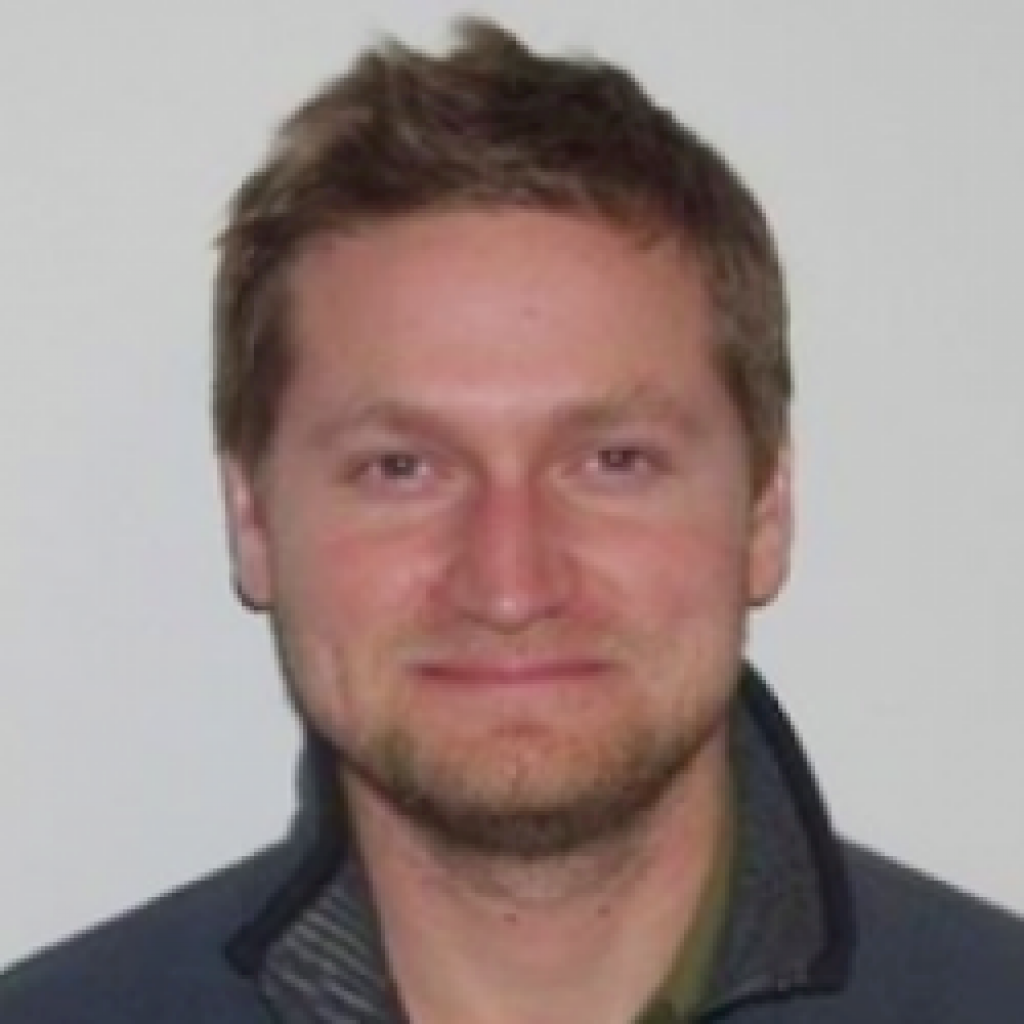(HPCWire) HPCWire’s John Russell recently conducted an extensive interview with Raphael Pooser, PI for DoE’s Quantum Testbed Pathfinder project and a member of Oak Ridge National Laboratory’s Quantum Information Science group. The introduction and indepth interview are briefly summarized here in the IQT NEWS. Excellent and worth a click to source to read full text.
Pooser’s work encompasses quantum sensing, quantum communications, and quantum computing. Pooser also leads the quantum sensing team at ORNL. Broadly, DoE’s Quantum Testbed project is a multi-institution effort involving national labs and academia whose mission has two prongs: one – the Quantum Testbed Pathfinder – is intended to assess quantum computing technologies and deliver tools and benchmarks; and the second – the Quantum Testbeds for Science – is intended to provide quantum computing resources to the research community to foster understanding of how to best use quantum computing to advance science.
Part of what’s noteworthy here is the project’s candid acknowledgement of quantum computing’s nascent stage or the so-called NISQ era in which noisy intermediate scale quantum computers dominate. The Quantum Testbed program is trying to figure out how to improve and make practical use of NISQ systems while also pursuing fault-tolerant quantum computers.
Meanwhile, the whole quantum computing community is seeking to demonstrate quantum advantage – that is use of a quantum computer to do something practical sufficiently faster (and more economical) than a classical computer to warrant switching to quantum computing for that application. Pooser told HPCwire, “I’m personally working in NISQ era right now. It would be really nice to find a quantum advantage in this era, and at Oak Ridge, we hope that we’re contributing towards finding a quantum advantage for real scientific applications. But if it doesn’t happen before fault tolerance, it won’t necessarily shock me. It’ll just be disappointing.”
ORNL’s Raphael Pooser on DOE’s Quantum Testbed Project
